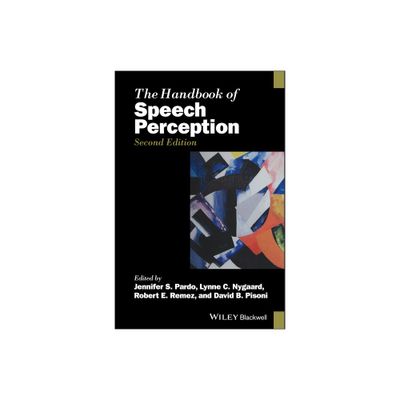Home
Physical and Linguistic Aspects of Speech
Loading Inventory...
Barnes and Noble
Physical and Linguistic Aspects of Speech
Current price: $59.99


Barnes and Noble
Physical and Linguistic Aspects of Speech
Current price: $59.99
Loading Inventory...
Size: OS
*Product Information may vary - to confirm product availability, pricing, and additional information please contact Barnes and Noble
This book presents physical theory of speech production contained in
Acoustics of Speech Production
by R. S. McGowan and
On Formants
by R. S. McGowan in a largely non-mathematical way. New mathematics is presented in Appendices. There are a series of linguistic examples that are present illustrating how the physical theory illuminates understanding of phonetic processes, and, to some extent, phonological models. The physical theory is presented as mechanics instead of the usual electrical analogs, and it covers both the filtering of acoustic waves, as well as sources for the acoustics, such as voicing and air turbulence. Tissue vibration during speech is also reviewed. The linguistic examples include issues in speech development, vowel acoustic sensitivity in studies of delayed auditory feedback, hyper-articulation, and vowel tenseness. Also source-tract interaction, weak fricatives, future inverse modeling, and speech perception are considered.
Acoustics of Speech Production
by R. S. McGowan and
On Formants
by R. S. McGowan in a largely non-mathematical way. New mathematics is presented in Appendices. There are a series of linguistic examples that are present illustrating how the physical theory illuminates understanding of phonetic processes, and, to some extent, phonological models. The physical theory is presented as mechanics instead of the usual electrical analogs, and it covers both the filtering of acoustic waves, as well as sources for the acoustics, such as voicing and air turbulence. Tissue vibration during speech is also reviewed. The linguistic examples include issues in speech development, vowel acoustic sensitivity in studies of delayed auditory feedback, hyper-articulation, and vowel tenseness. Also source-tract interaction, weak fricatives, future inverse modeling, and speech perception are considered.


















